EU declaration conformity
Duct temperature | humidity controller | PoM
Product description
This device is a combined sensor that controls HVAC systems by measuring temperature and relative humidity within air ducts. It also calculates the dew point.
All measurements and settings are accessible via Modbus RTU, which allows for direct control of EC fans, AC fan speed controllers, or damper actuators. The sensor provides fan speed control based on both temperature and humidity, with selectable ranges.
It is powered by 24 VDC PoM (Power over Modbus), which enables both power and Modbus RTU communication through a single RJ45 connection.
The firmware can be updated via the built-in bootloader and Modbus RTU communication. The device is designed for long-term stability and accuracy.
Documents
Additional specifications and description
What is the Role of a Duct Controller in HVAC Systems?
A temperature and humidity controller for air ducts, often referred to as a duct controller or HVAC controller, is a device used to monitor and control the temperature and humidity levels within HVAC (Heating, Ventilation, and Air Conditioning) ducts. These controllers are crucial for maintaining optimal environmental conditions in a building, as they help regulate the temperature and humidity of the air that is distributed throughout the space
Which Values Does the Sensor Measure and How Should It Be Mounted for Optimal Performance?
This HVAC transmitter measures temperature and relative humidity in air ducts. The dew point is calculated using these measurements. This sensor works best when installed in a straight section of the air duct. Avoid installing near filters, fans, cooling coils, and other sources of turbulent air. Place the sensor correctly in relation to the airflow direction. For more information, please have a look at the mounting instructions.
How Does the Sensor Control HVAC Components and What is the Output Mechanism?
The sensor algorithm controls one output. This output can be used to operate an EC fan, an AC fan speed controller, or a damper actuator. The output value varies in direct proportion to the measured temperature and relative humidity. For example, as the temperature or relative humidity approaches their maximum limit, the fan speed increases or the damper opens. The control value can be accessed via Modbus RTU.
How is the Sensor Connected and What Are the Benefits of Power over Modbus (PoM)?
 This sensor can be connected with just one RJ45 connector. Power over Modbus, or PoM, connects Modbus RTU communication and a 24 V DC power supply via a single UTP cable. All measured values are available via Modbus RTU. To make wiring easier, we recommend using a Sentera 24 VDC power supply with an RJ45 connector. These power supplies provide short-circuit, overload, and overvoltage protection. A supply voltage of 24 V DC improves the safety and reliability of your installation.
This sensor can be connected with just one RJ45 connector. Power over Modbus, or PoM, connects Modbus RTU communication and a 24 V DC power supply via a single UTP cable. All measured values are available via Modbus RTU. To make wiring easier, we recommend using a Sentera 24 VDC power supply with an RJ45 connector. These power supplies provide short-circuit, overload, and overvoltage protection. A supply voltage of 24 V DC improves the safety and reliability of your installation.
What Configuration is Needed for the Sensor and How Can Its Settings Be Customized?
This sensor requires very little configuration. It is almost directly usable once it has been installed. Temperature and relative humidity are often region- and seasonal-specific. These parameters are still adjusted to the correct values during installation. The other default settings will probably be suitable for most applications. However, they can also be adjusted via the respective Modbus registers if necessary. It can, for example, be used to change the temperature or relative humidity range. You can also choose to deactivate 1 of the 2 readings. For example, if you only want to control your fan based on humidity, you can deactivate the temperature measurement via the relevant Modbus register. The Modbus register map displays a complete list of all adjustable parameters.
What Are the Manufacturing Standards, Calibration Processes, and Protection Features of the HVAC Transmitter?
This HVAC transmitter was made in Europe. In our factory, each sensor is calibrated and tested. We use high-quality sensor elements and components. This ensures the HVAC transmitter's long-term stability and accuracy. The enclosure is dust and moisture resistant to IP54 standards. The sensor element is built into the duct sensor probe. This probe has an opening through which the air flow can make direct contact with the sensor element. The sensor probe itself has an IP20 rating.
∞ Monitoring indoor air quality
Which Values Does the Sensor Measure and How Should It Be Mounted for Optimal Performance?
This HVAC transmitter measures temperature and relative humidity in air ducts. The dew point is calculated using these measurements. This sensor works best when installed in a straight section of the air duct. Avoid installing near filters, fans, cooling coils, and other sources of turbulent air. Place the sensor correctly in relation to the airflow direction. For more information, please have a look at the mounting instructions.
How Does the Sensor Control HVAC Components and What is the Output Mechanism?
The sensor algorithm controls one output. This output can be used to operate an EC fan, an AC fan speed controller, or a damper actuator. The output value varies in direct proportion to the measured temperature and relative humidity. For example, as the temperature or relative humidity approaches their maximum limit, the fan speed increases or the damper opens. The control value can be accessed via Modbus RTU.
How is the Sensor Connected and What Are the Benefits of Power over Modbus (PoM)?
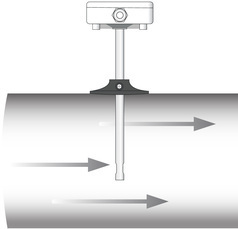 This sensor can be connected with just one RJ45 connector. Power over Modbus, or PoM, connects Modbus RTU communication and a 24 V DC power supply via a single UTP cable. All measured values are available via Modbus RTU. To make wiring easier, we recommend using a Sentera 24 VDC power supply with an RJ45 connector. These power supplies provide short-circuit, overload, and overvoltage protection. A supply voltage of 24 V DC improves the safety and reliability of your installation.
This sensor can be connected with just one RJ45 connector. Power over Modbus, or PoM, connects Modbus RTU communication and a 24 V DC power supply via a single UTP cable. All measured values are available via Modbus RTU. To make wiring easier, we recommend using a Sentera 24 VDC power supply with an RJ45 connector. These power supplies provide short-circuit, overload, and overvoltage protection. A supply voltage of 24 V DC improves the safety and reliability of your installation.What Configuration is Needed for the Sensor and How Can Its Settings Be Customized?
This sensor requires very little configuration. It is almost directly usable once it has been installed. Temperature and relative humidity are often region- and seasonal-specific. These parameters are still adjusted to the correct values during installation. The other default settings will probably be suitable for most applications. However, they can also be adjusted via the respective Modbus registers if necessary. It can, for example, be used to change the temperature or relative humidity range. You can also choose to deactivate 1 of the 2 readings. For example, if you only want to control your fan based on humidity, you can deactivate the temperature measurement via the relevant Modbus register. The Modbus register map displays a complete list of all adjustable parameters.
What Are the Manufacturing Standards, Calibration Processes, and Protection Features of the HVAC Transmitter?
This HVAC transmitter was made in Europe. In our factory, each sensor is calibrated and tested. We use high-quality sensor elements and components. This ensures the HVAC transmitter's long-term stability and accuracy. The enclosure is dust and moisture resistant to IP54 standards. The sensor element is built into the duct sensor probe. This probe has an opening through which the air flow can make direct contact with the sensor element. The sensor probe itself has an IP20 rating.
∞ Monitoring indoor air quality

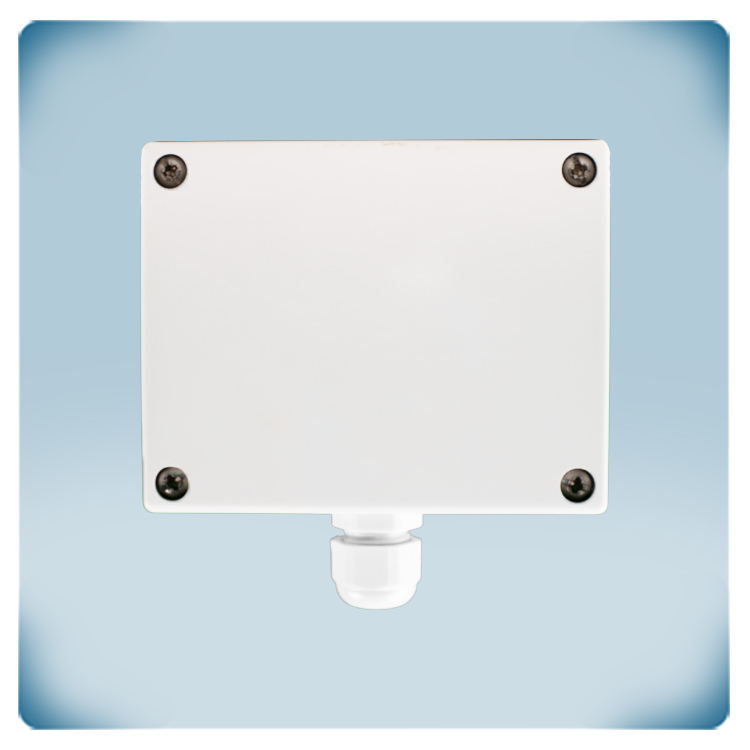
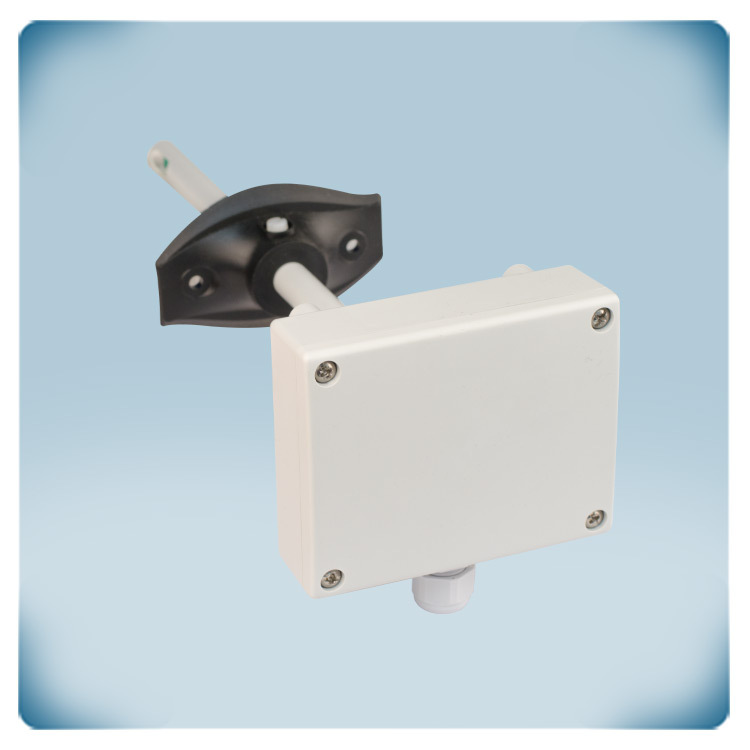
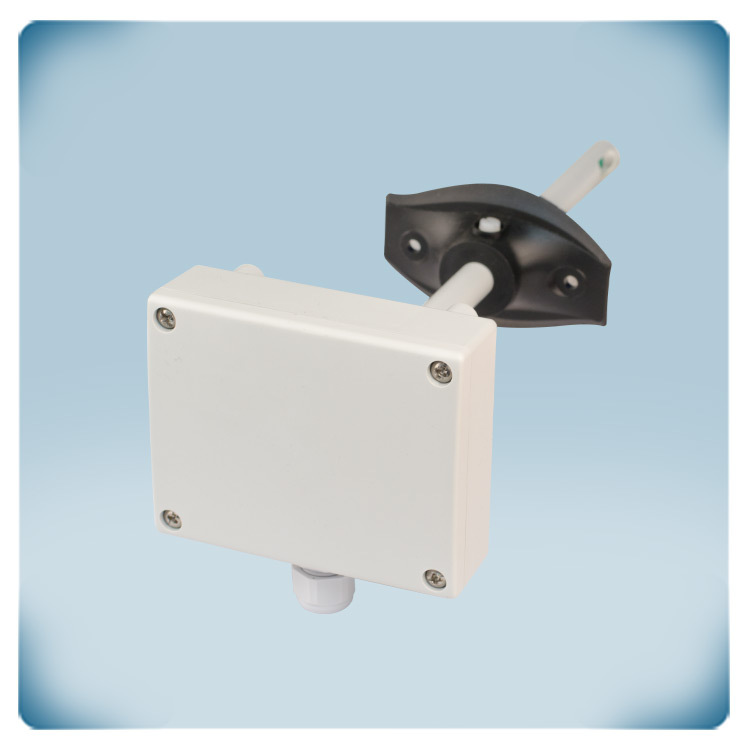
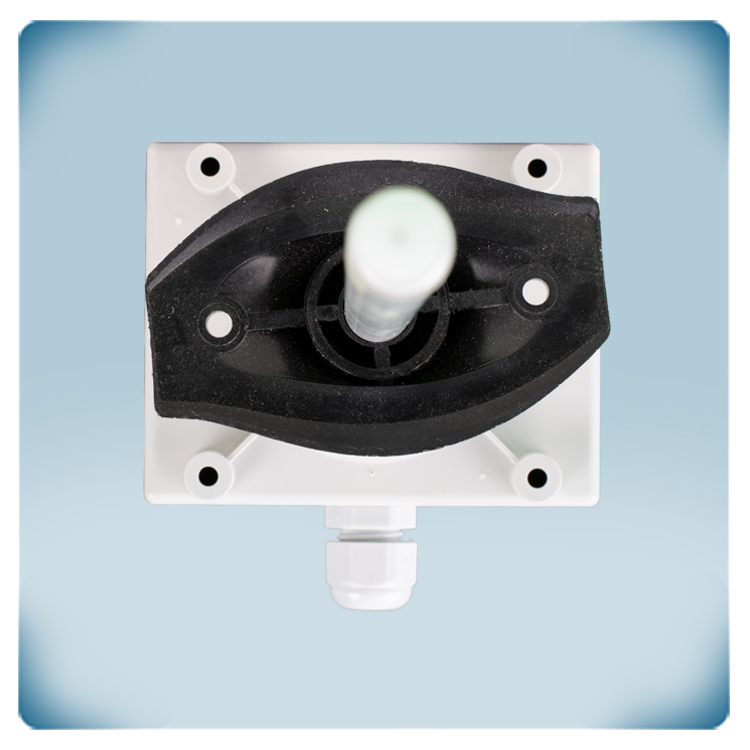
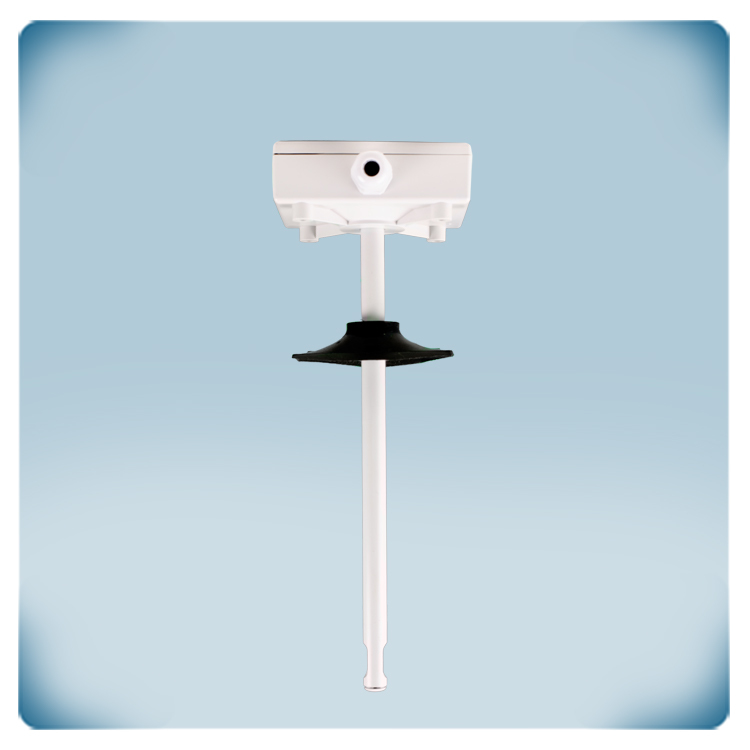
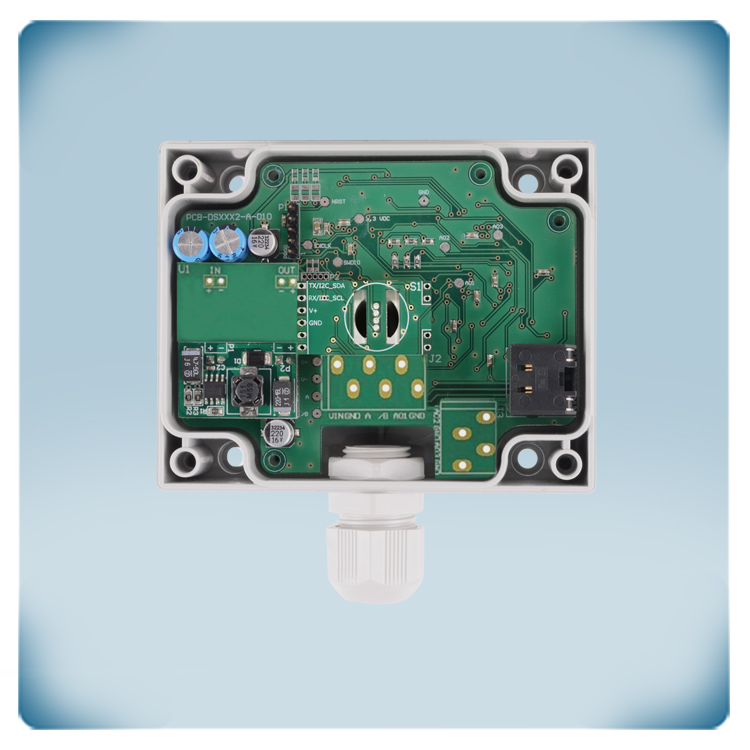
.webp)
.webp)
.webp)
.webp)
.webp)
.webp)
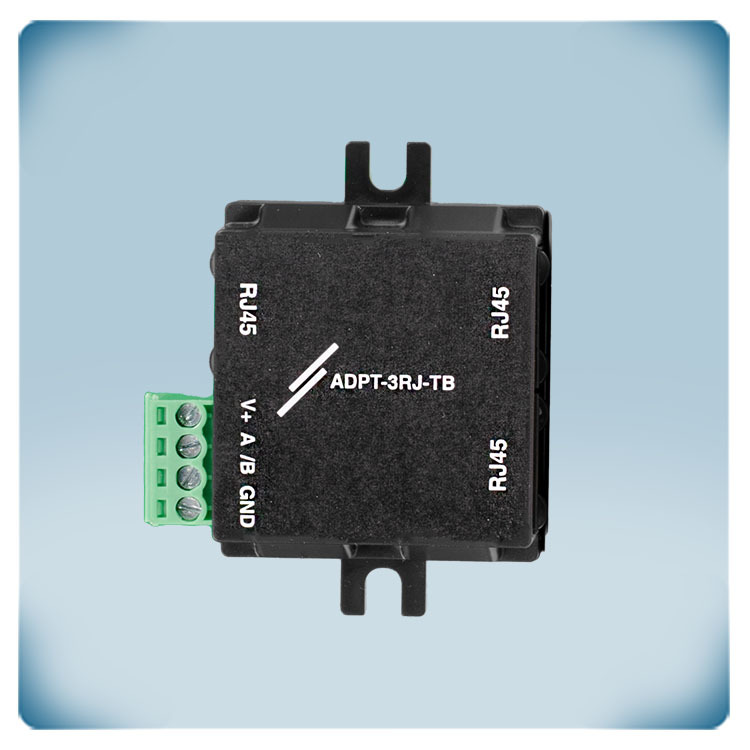
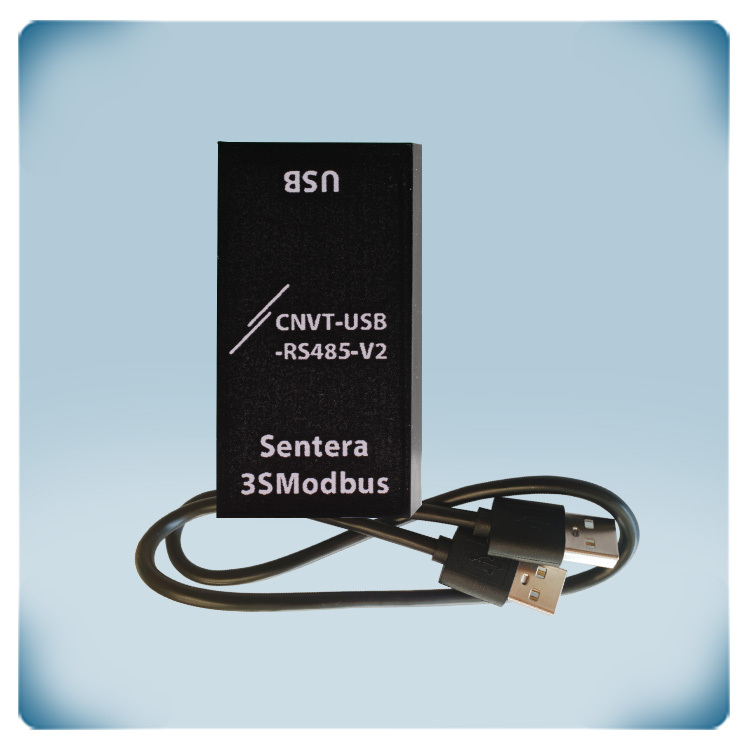

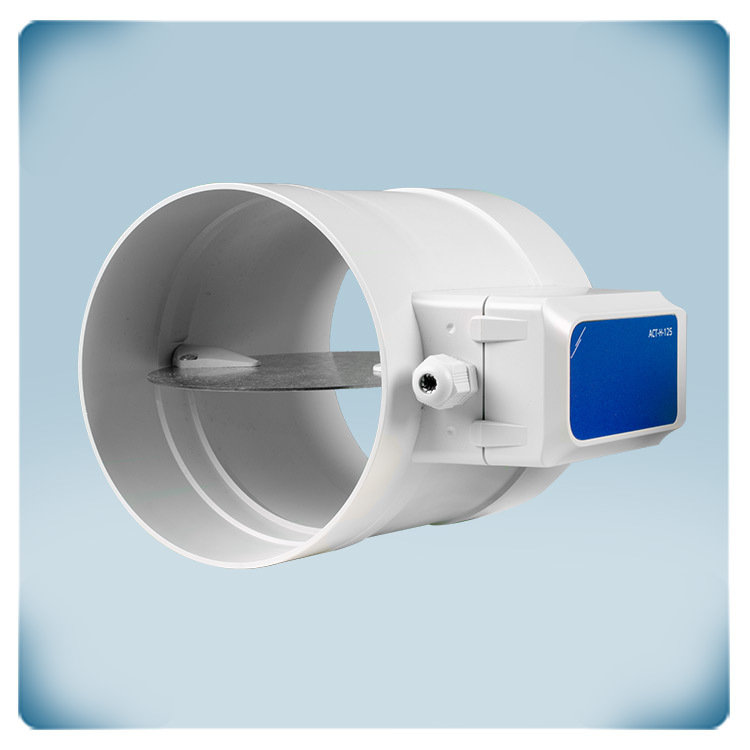

Remarks, reviews & ratings